Those helmets showed the influence of the Prussian/German pickelhaube and the British home service helmet.
Thus the Americans adopted the British Mk I as the Model 1917.
The use of foreign helmets during the First World War was not limited to the British Mk I.
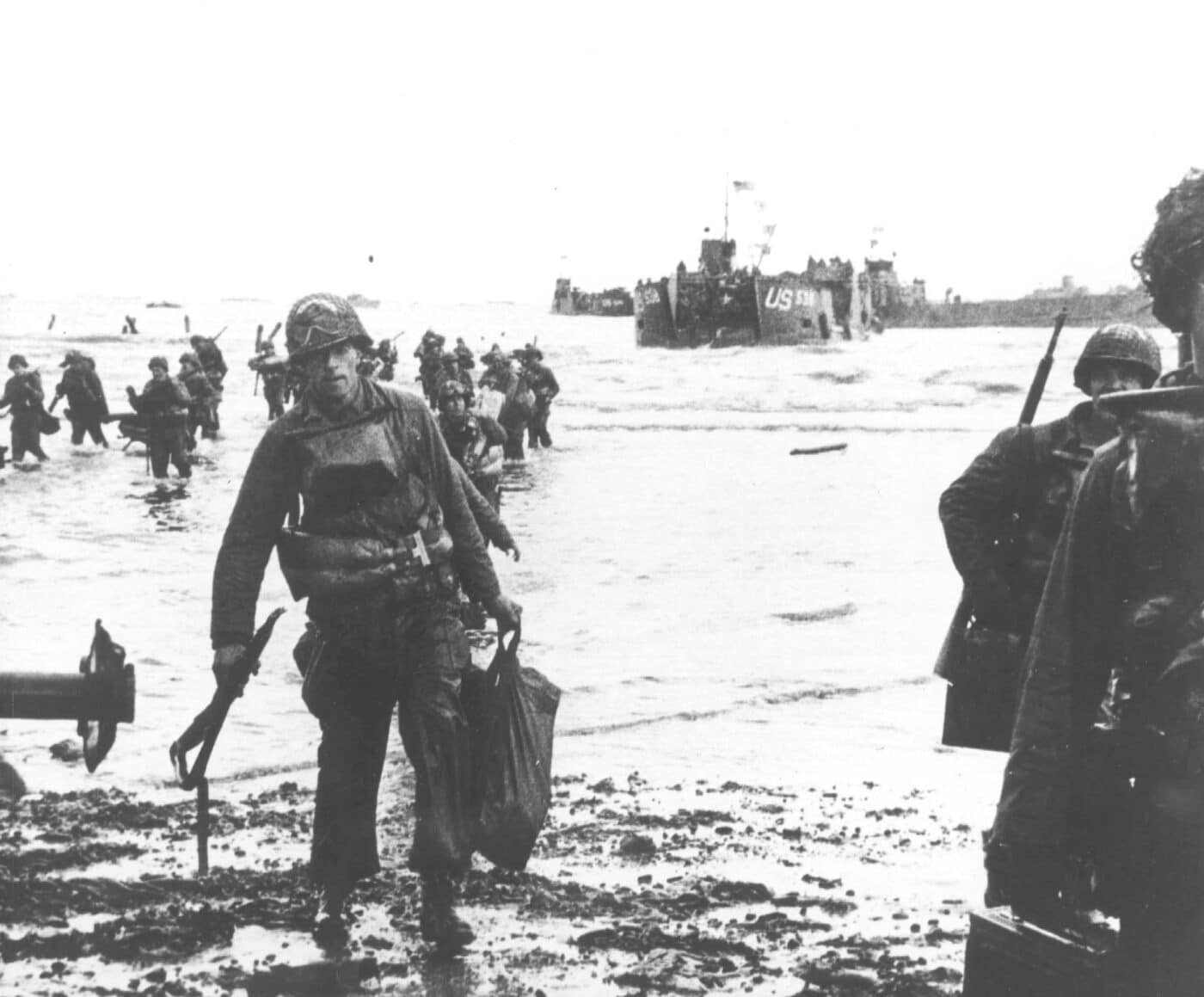
U.S. military helmets have evolved from simple covers to advanced protective gear. Perhaps none are as iconic as the M1 helmet used in every theater of WWII. Photo: NARA
In addition, American volunteer ambulance drivers also used the Model 1915 helmets with a special badge.
The results were mixed, and some soldiers even preferred the older model liner.
The PASGT system was first used in combat in 1983 during Operation Urgent Fury in Grenada.
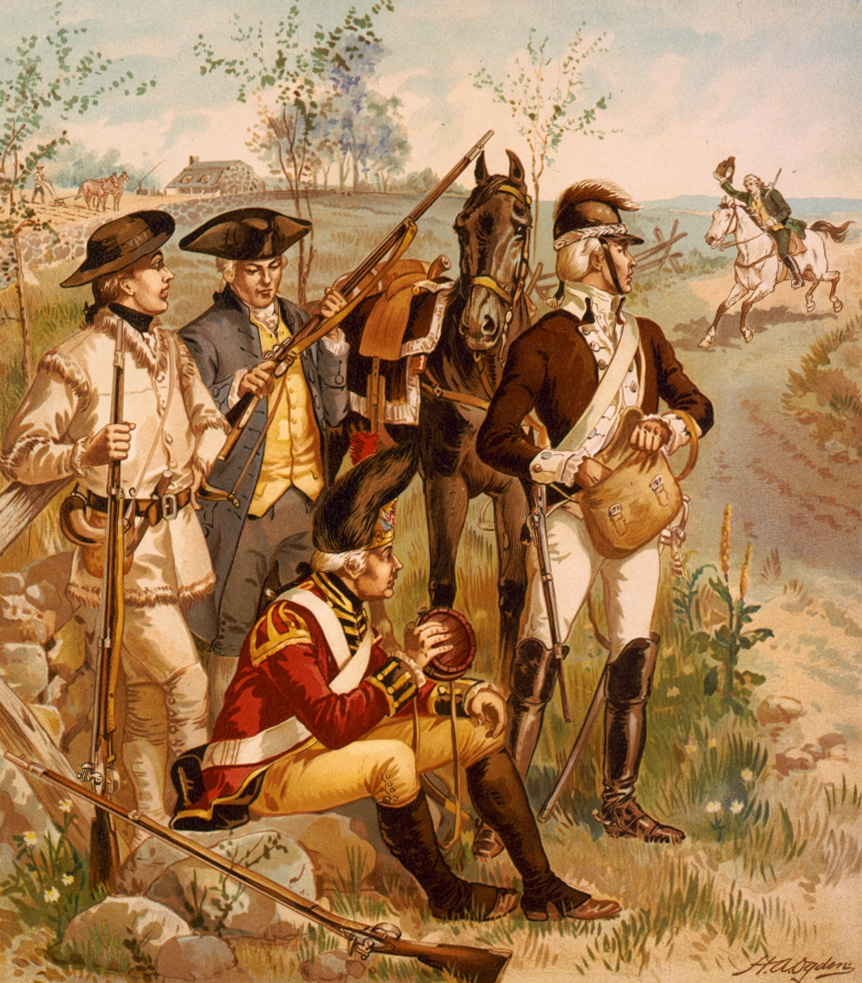
A 19th-century lithograph of uniforms worn at the start of the American Revolutionary War. Note the soldier to the right. He is wearing the type of Dragoon helmet that was used by French and American forces during the conflict. Photo: Author’s collection
The helmets are also meant to help address traumatic brain injuries.
Helmets have certainly come a long way in the past two and a half centuries.
Who knows where they will head in the next one!
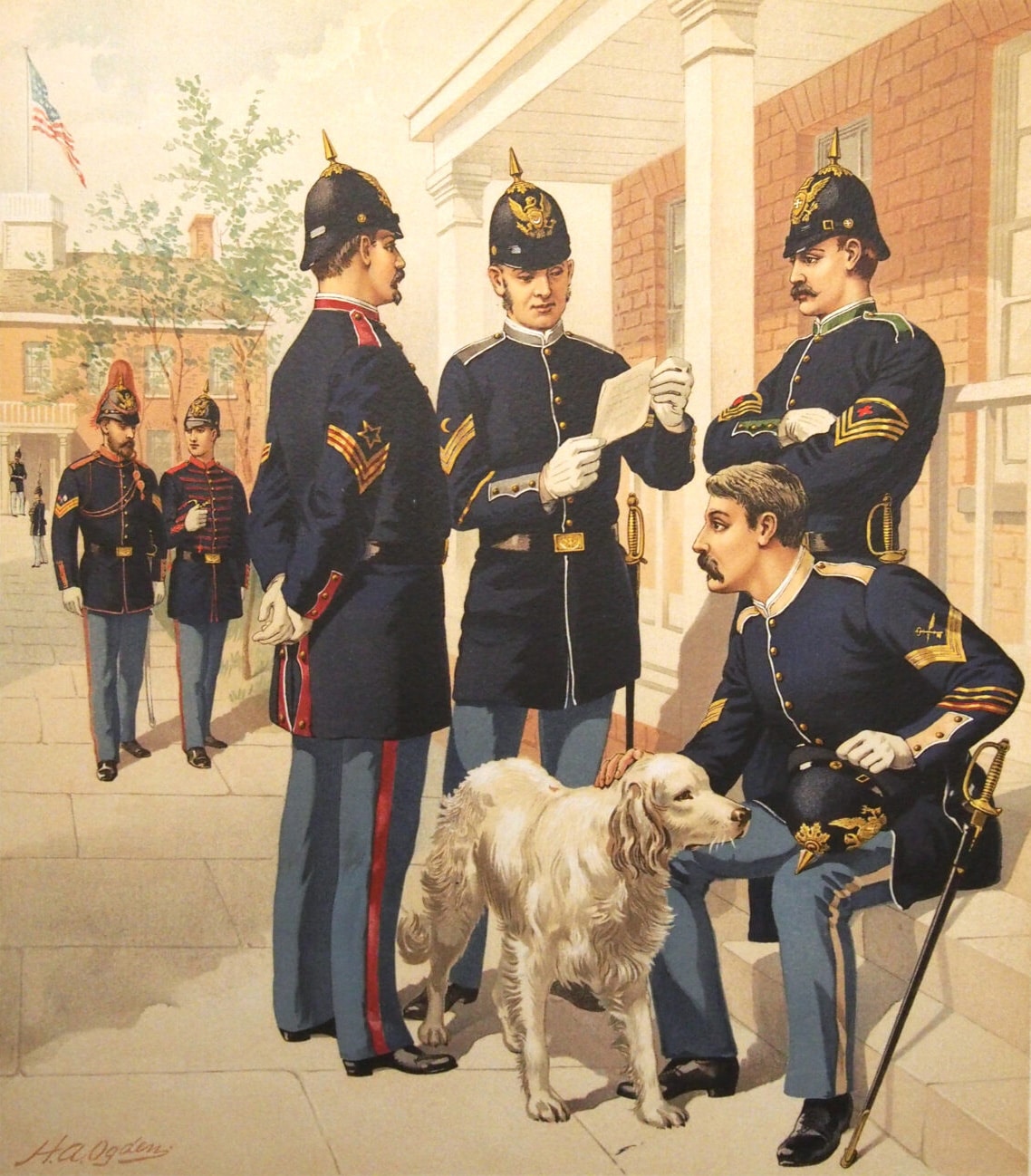
The United States Army dress uniforms of the late 1880s had a European look with helmets that were close in design to the British Foreign Service Helmets of the era. Image: Author’s collection
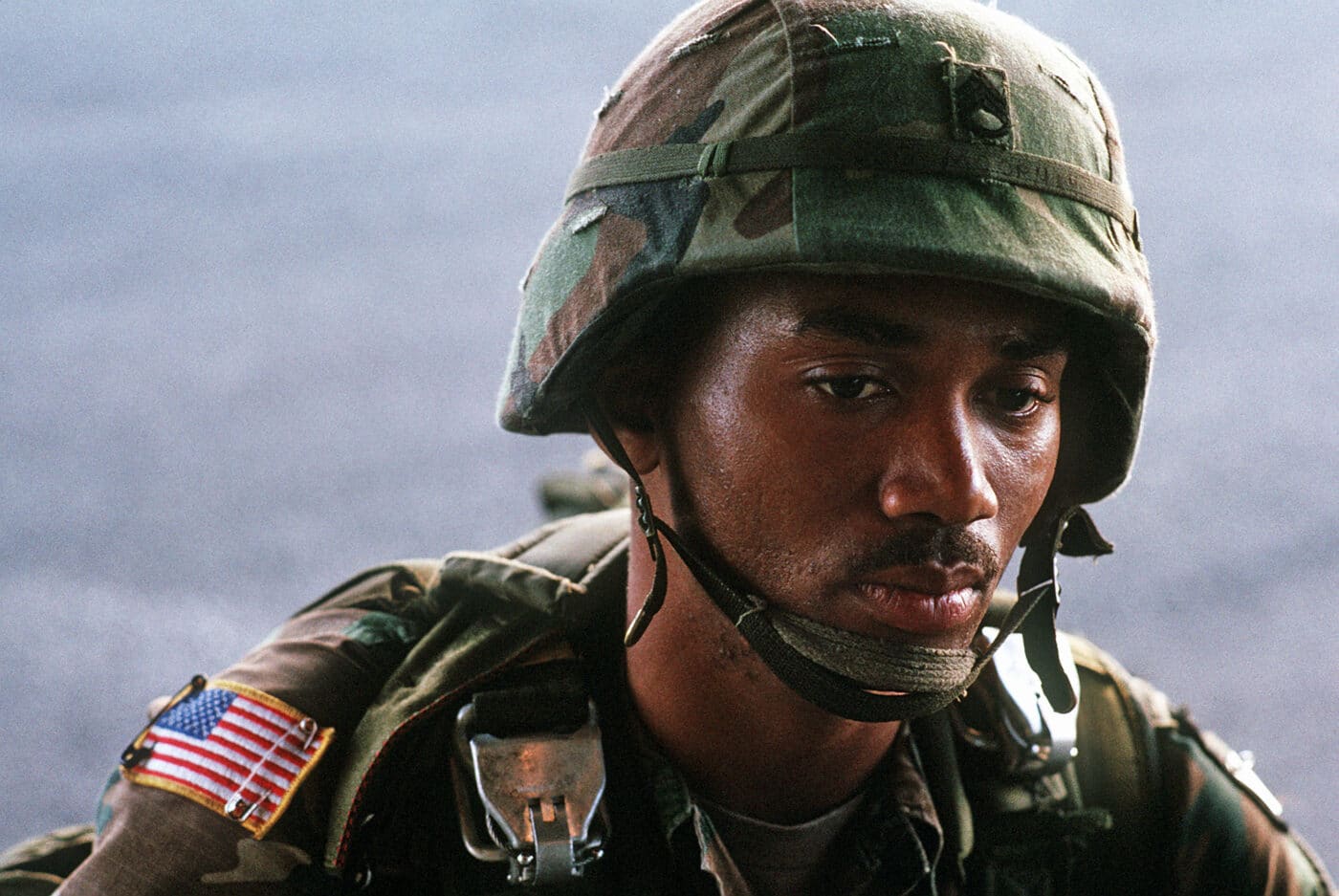
Here, SSgt. Moorman wears a PASGT helmet prior to boarding a plane from which he will jump into combat during Operation Just Cause. Photo: U.S.A.F./MSgt K. Hammond
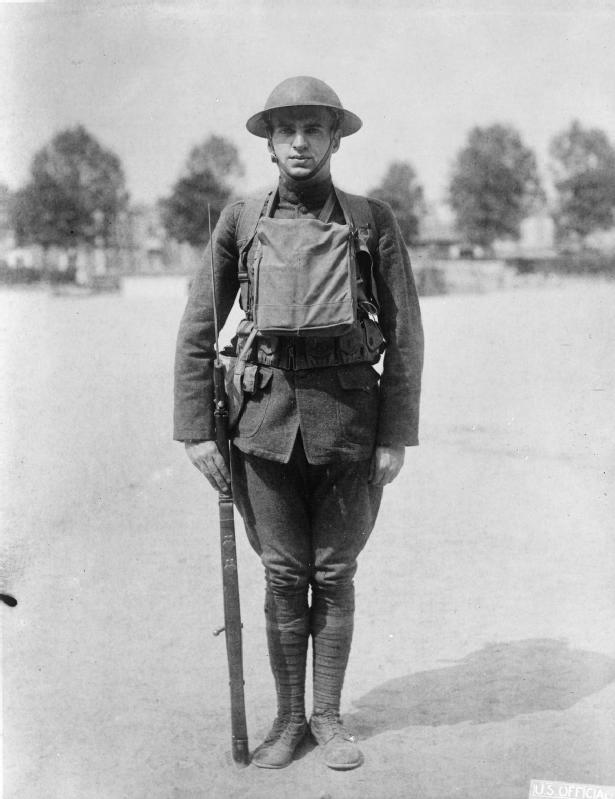
A U.S. Army photo of an American soldier in the World War I style uniform with the M1917 helmet. Photo: NARA
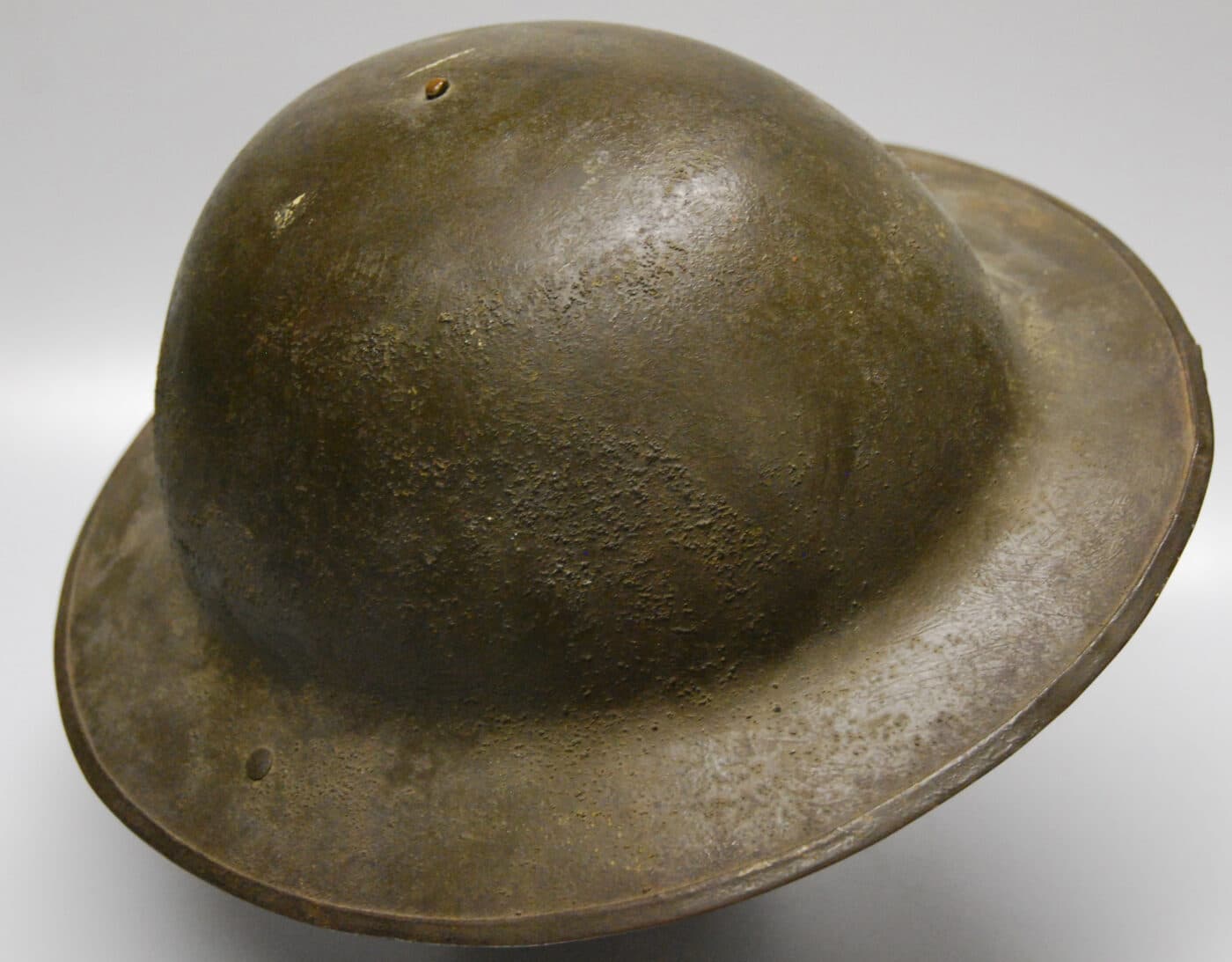
The British Mk I helmet is often erroneously called the “Brodie” pattern. The American military adopted a similar helmet as the Model 1917. Photo: Author’s collection
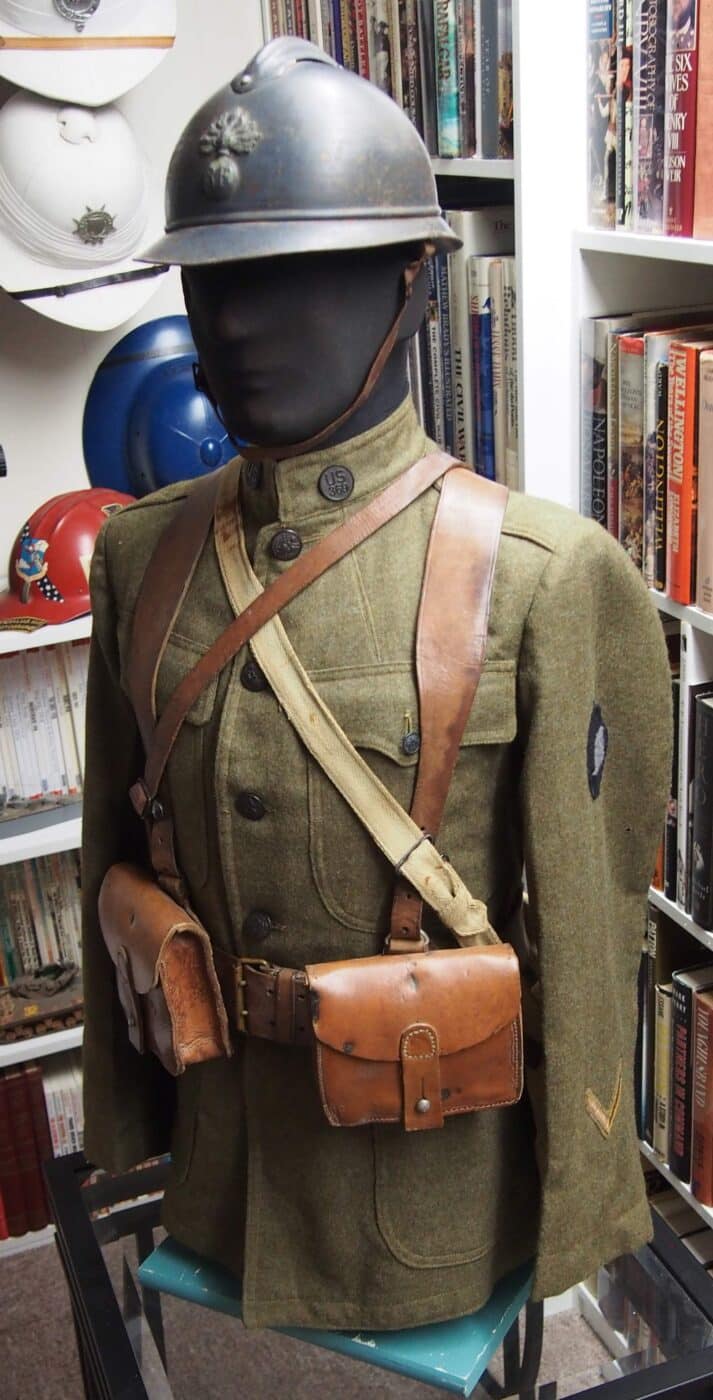
A uniform to the 93rd Infantry Division, 369th Infantry Regiment — the “Harlem Hellfighters.” This unit was issued the French Model 1915 “Adrian” helmet. Photo: Author’s collection

A French Model 1915 “Adrian” helmet that was worn by volunteer ambulance drivers before America entered WWI. Photo: Author’s collection
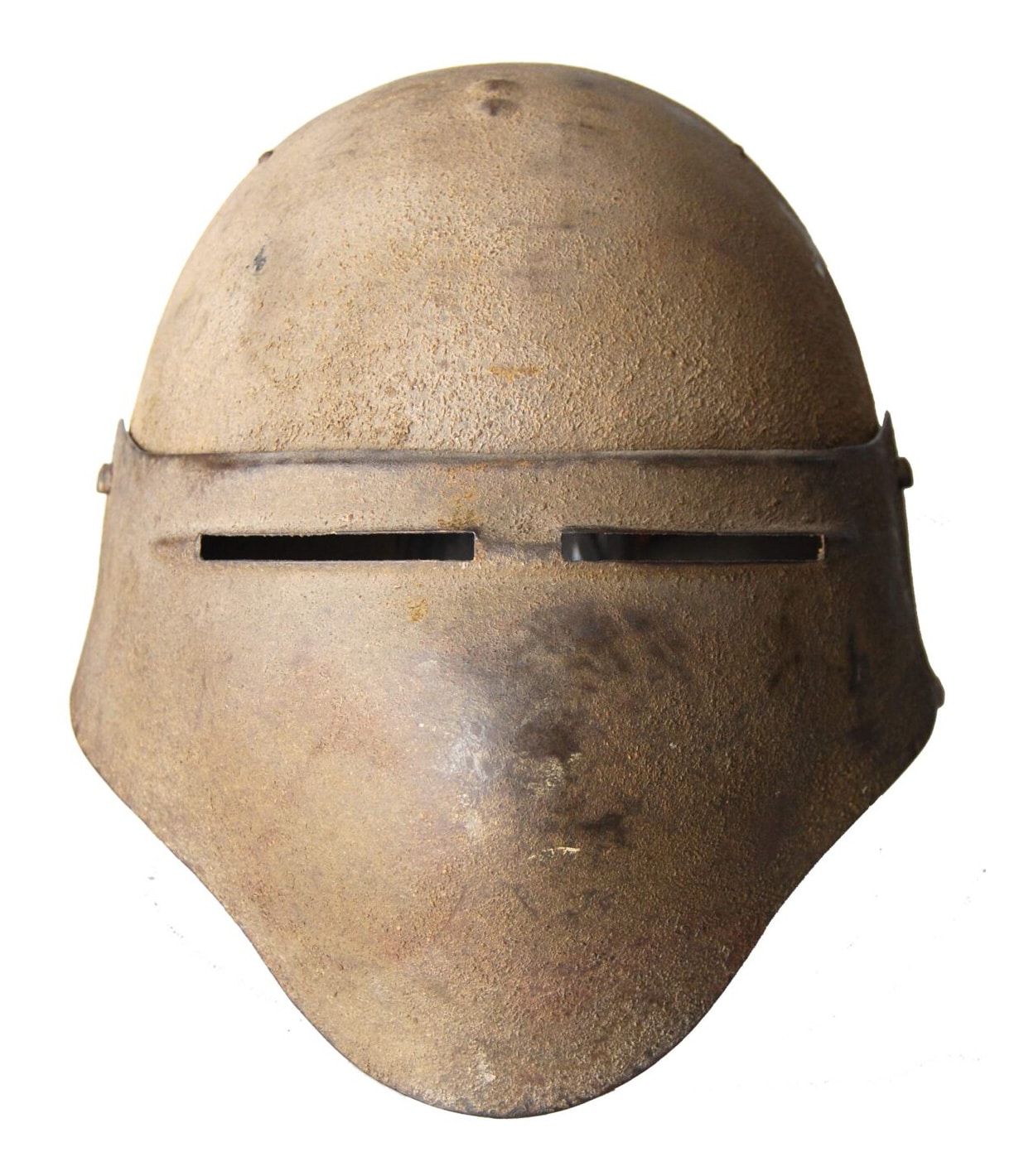
During the first world war, the U.S. worked on a number of new helmet designs. Shown above is the Ford Motor Co.-manufactured Model 8.
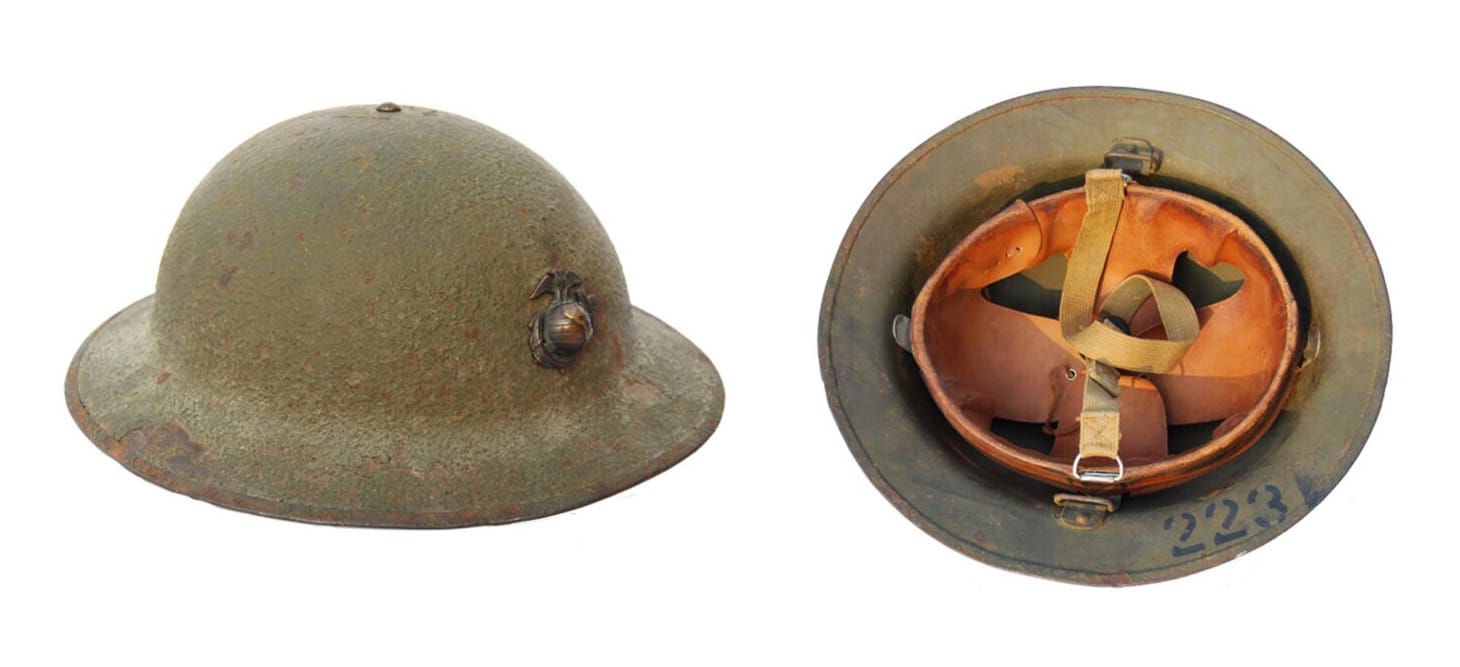
The M1917A1 — also known as the “Kelly Helmet” — was in use at the start of the Second World War. The USMC Eagle/Globe/Anchor insignia wasn’t widely used. Photo: Author’s collection
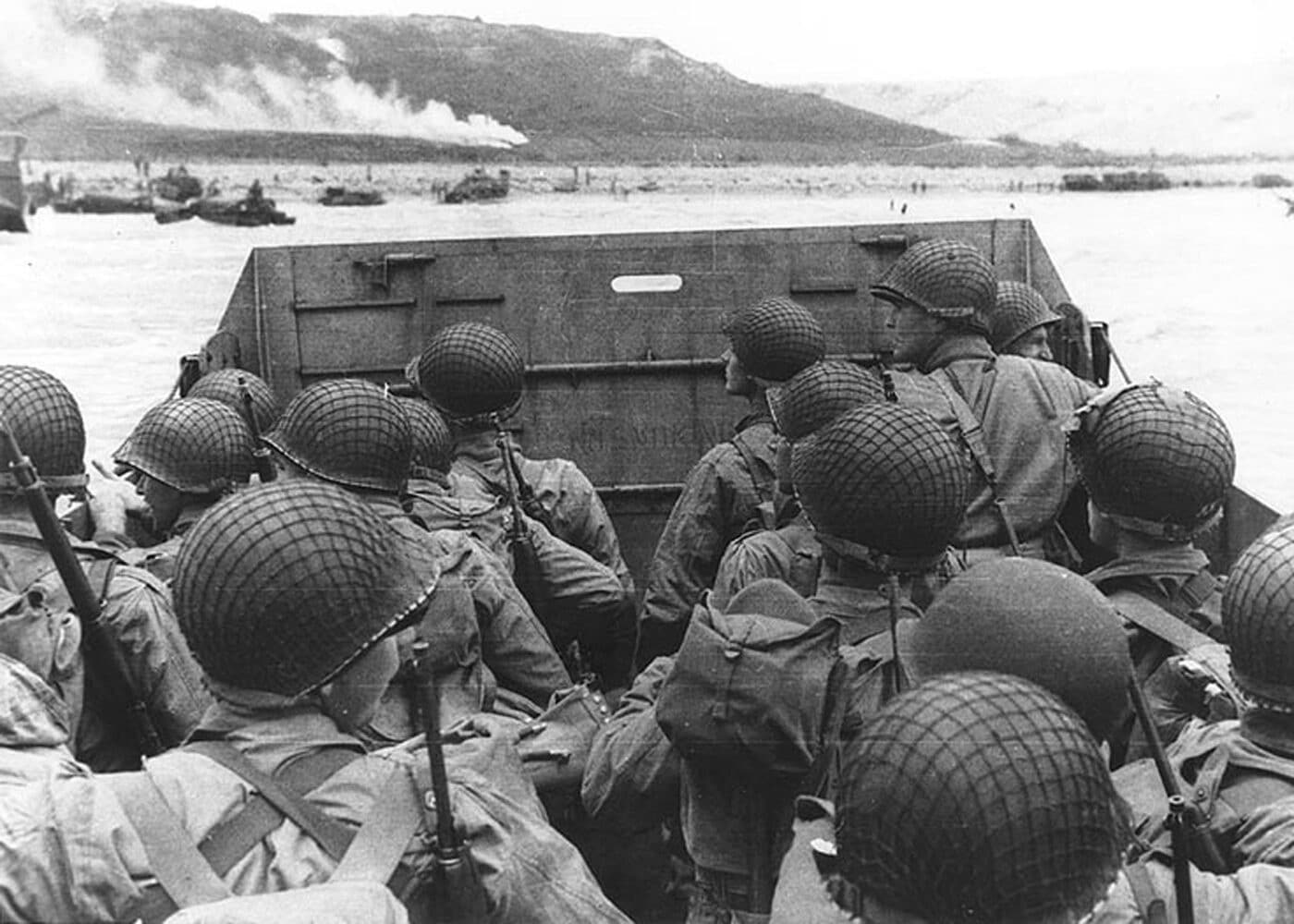
U.S. troops in an LCVP landing craft approachOmaha Beach on D-Day, June 6, 1944. Note the netting on many of the M1 helmets. Image: NARA
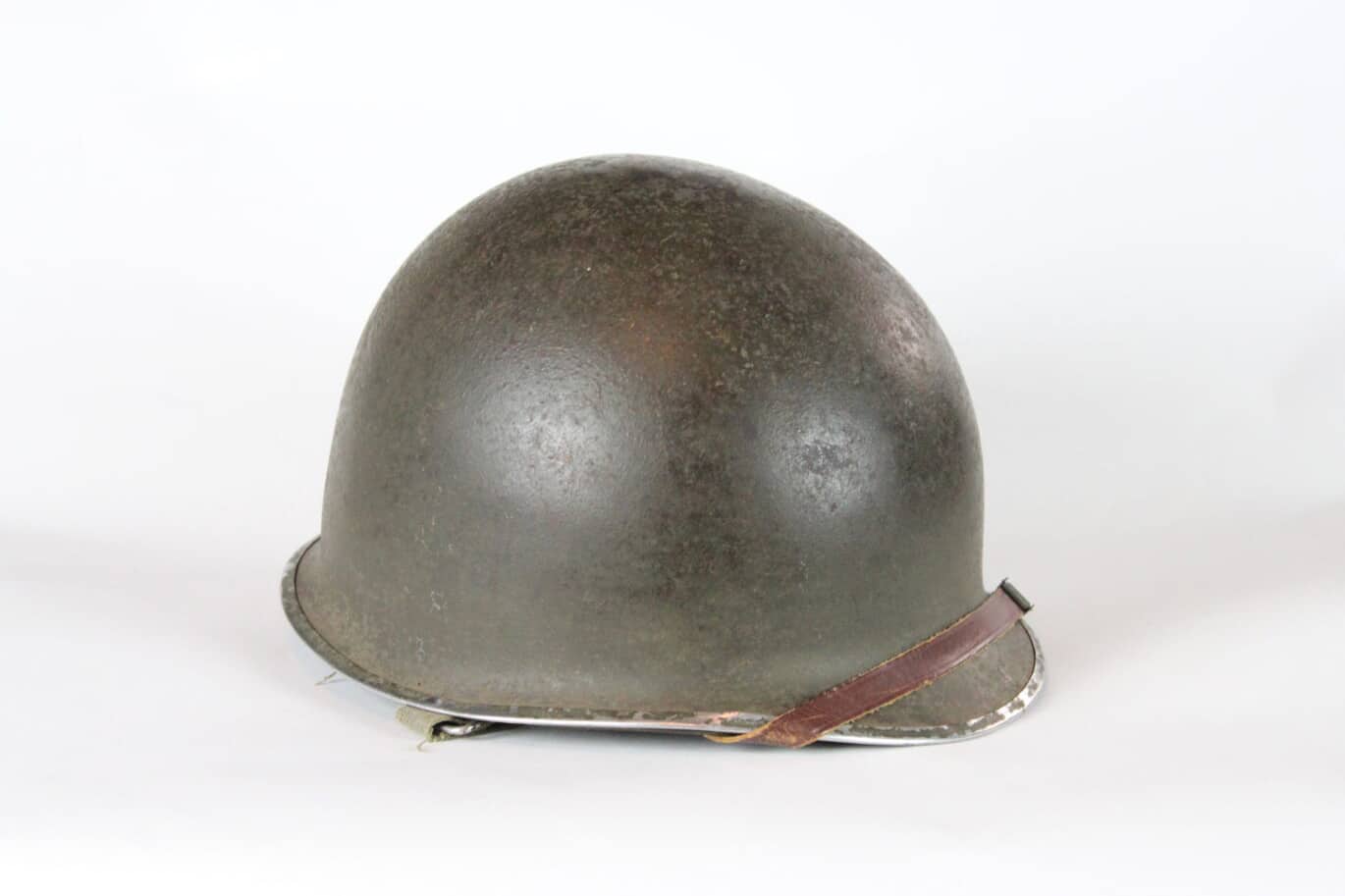
The iconic M1 “Steel Pot” — some 22 million were produced during the Second World War. Photo: Author’s collection
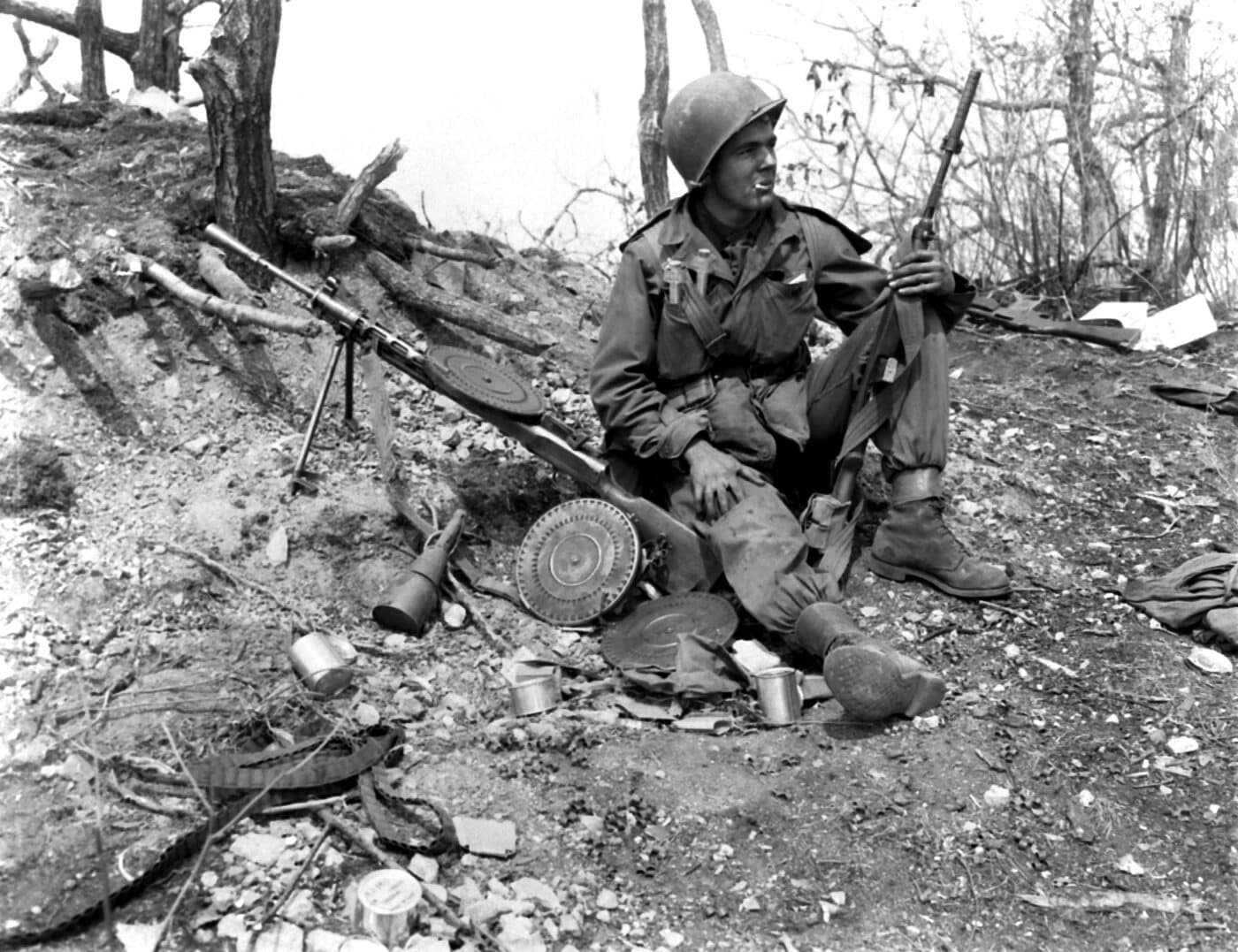
U.S. Army military equipment changed little by the Korean War, although the M1 helmet had undergone some small updates including a lighter color paint. Photo: NARA

A U.S. Marine of Company I, 3rd Battalion, 1st Marine Regiment on patrol eight miles south of the city of Da Nang during the Vietnam War. Photo: NARA

President Lyndon Johnson decorates a soldier who is wearing an M1 helmet with the Mitchell Pattern camo cover. Photo: NARA
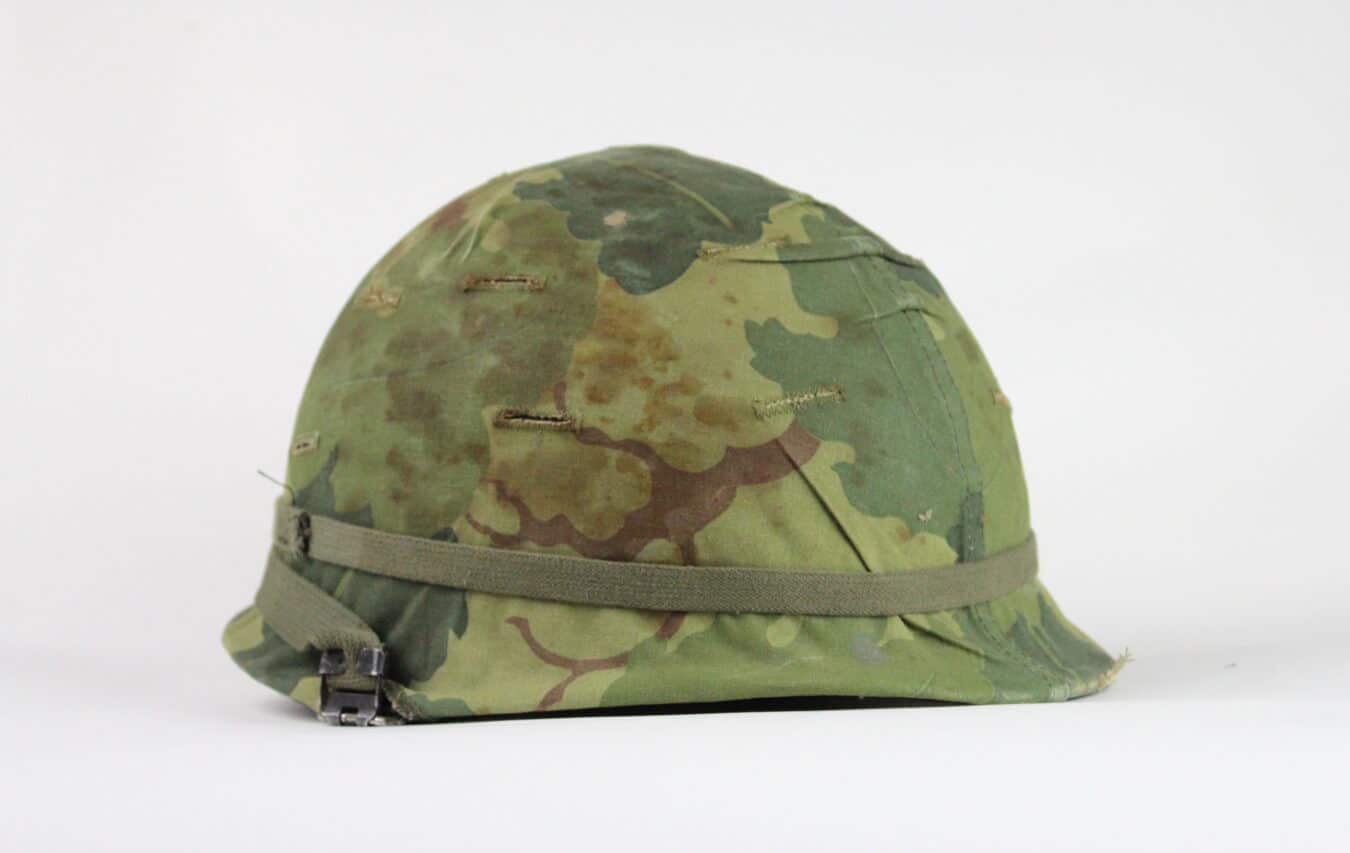
The M1 was still in use during the Vietnam War, but it was issued with a helmet cover with the unique “Mitchell Pattern” camouflage pattern. Photo: Author’s collection
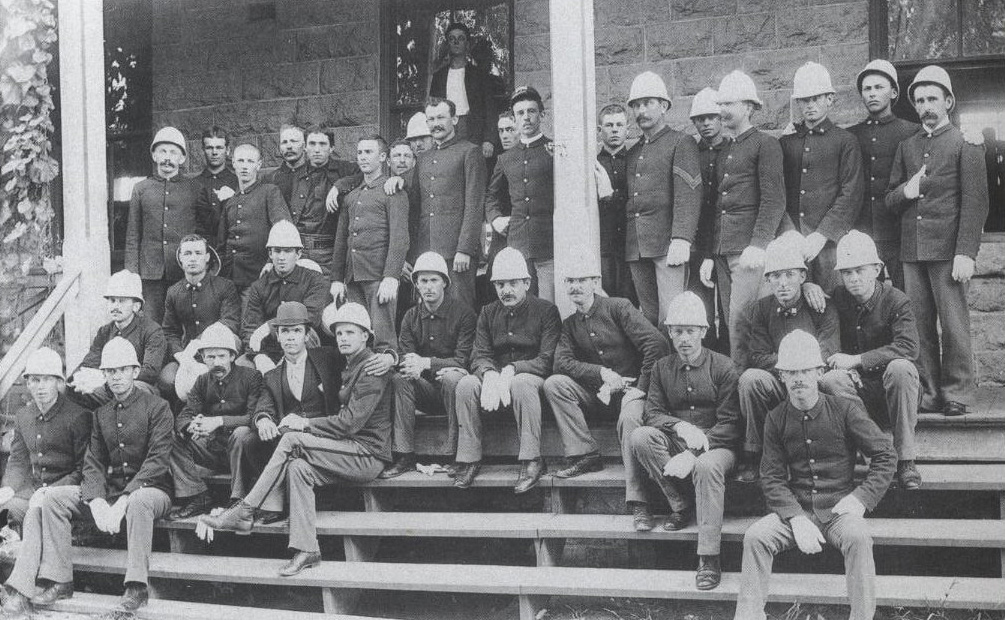
The first pattern American sun/pith helmet was the Model 1880. It was used on the frontier, including at posts such as Fort Riley Kansas — where this photo was taken. Photo: Author’s collection
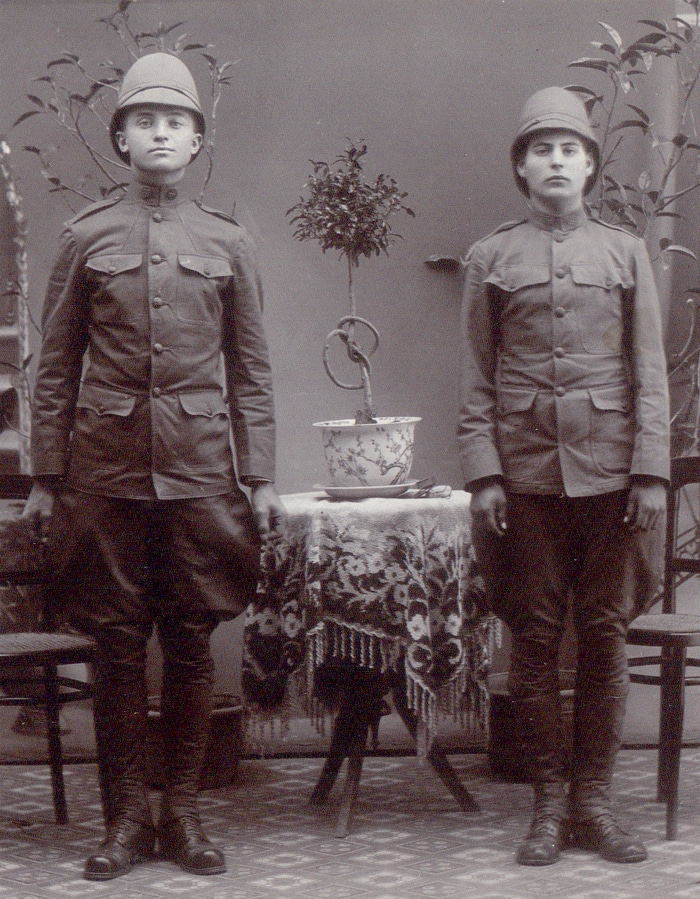
U.S. Army Privates Jones and Chernecky in a studio photo circa 1898 during the Spanish-American War. The Model 1889 pattern sun helmets were used until around 1916. Photo: Author’s collection
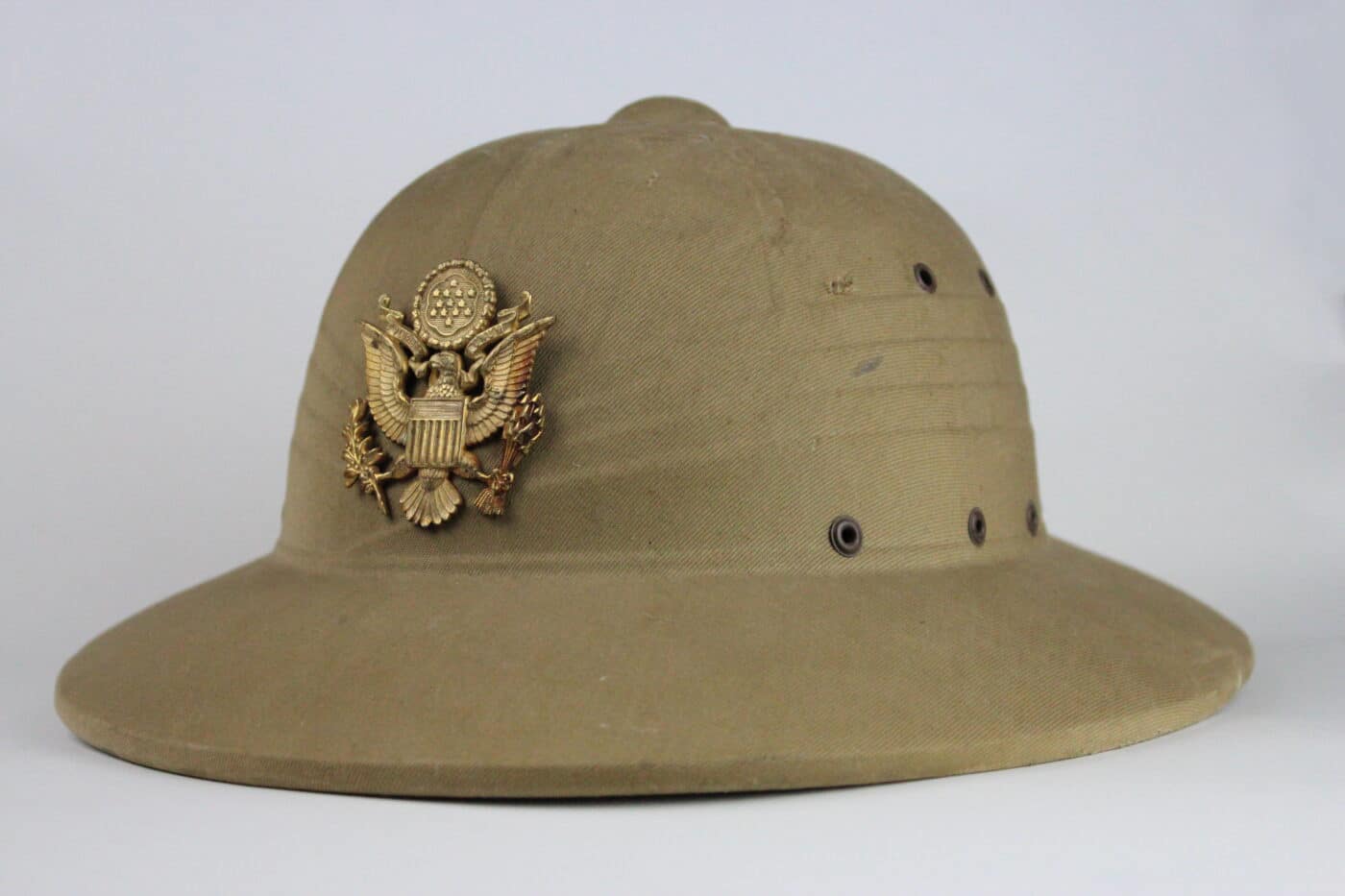
The U.S. military adopted the pressed fiber helmet in the late 1930s, and it was used as part of the utility uniform during the Vietnam War. Photo: Author’s collection
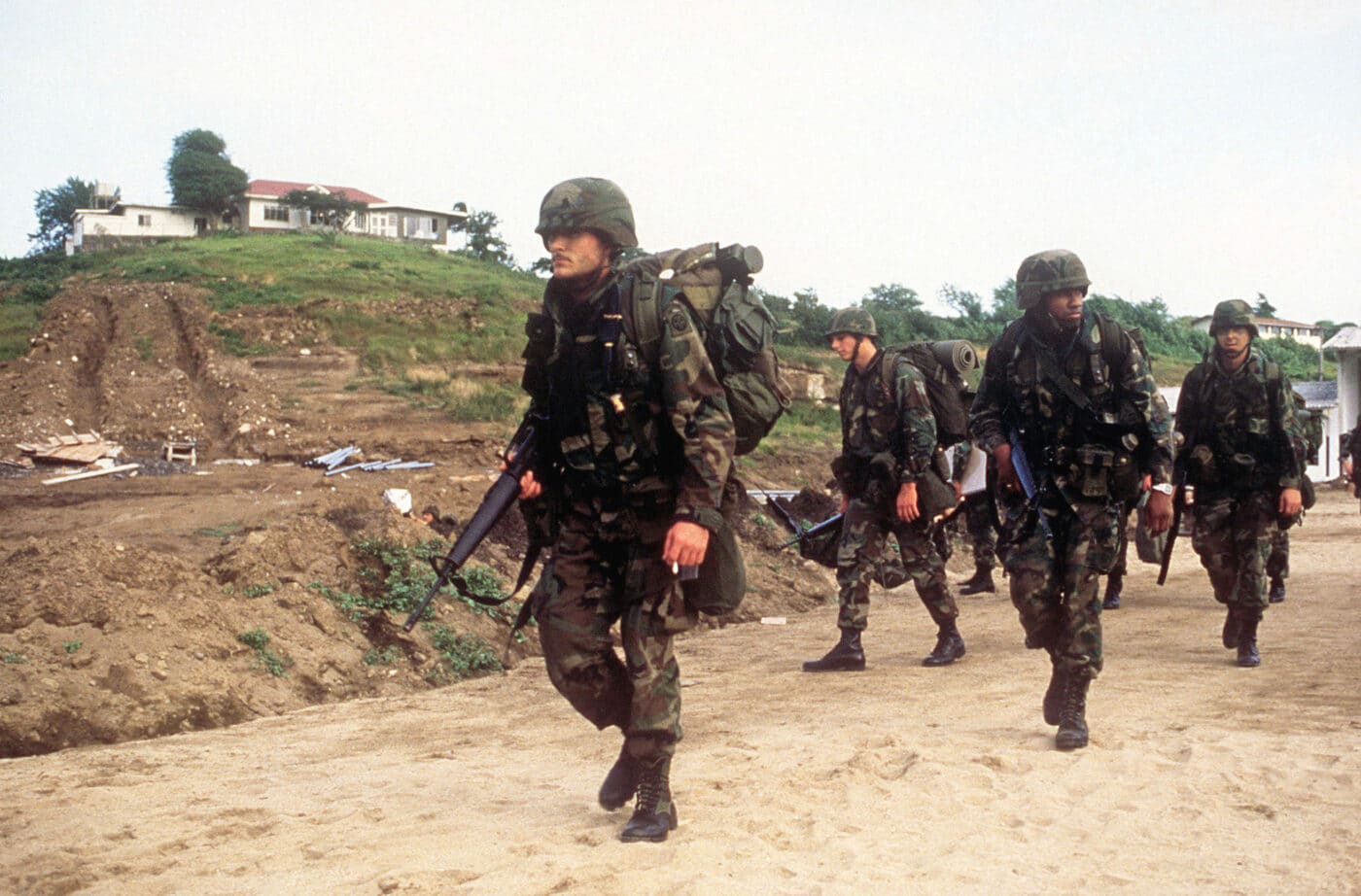
Both the older M1 helmet and the newer PASGT helmets can be seen in this photo of 82nd Airborne Division soldiers on patrol during Operation URGENT FURY. Photo: NARA
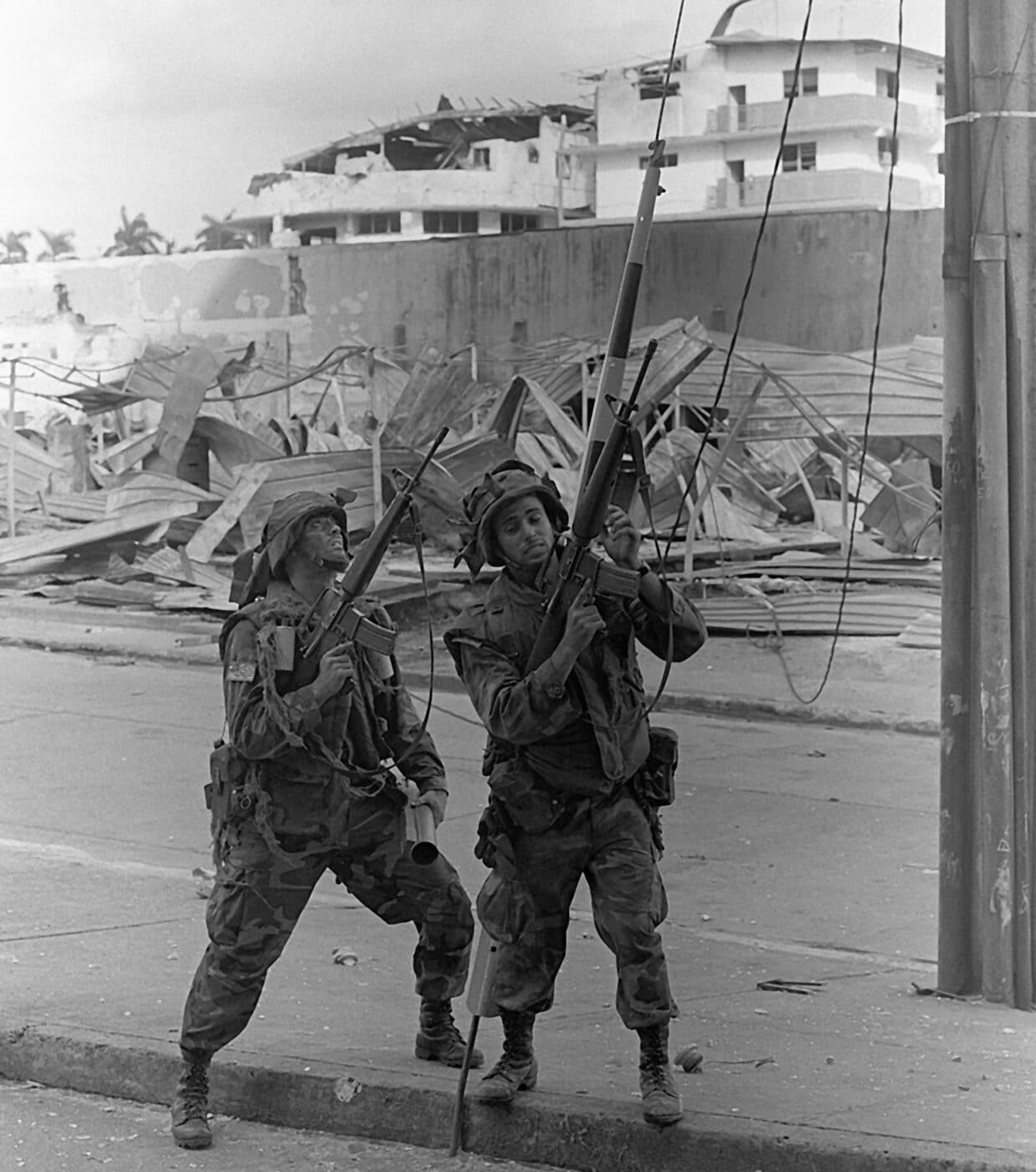
On the second day of Operation Just Cause, two soldiers from the 5th Infantry Div. (Mech.) wear PASGT helmets while searching for a sniper hidden in a building. Photo: NARA
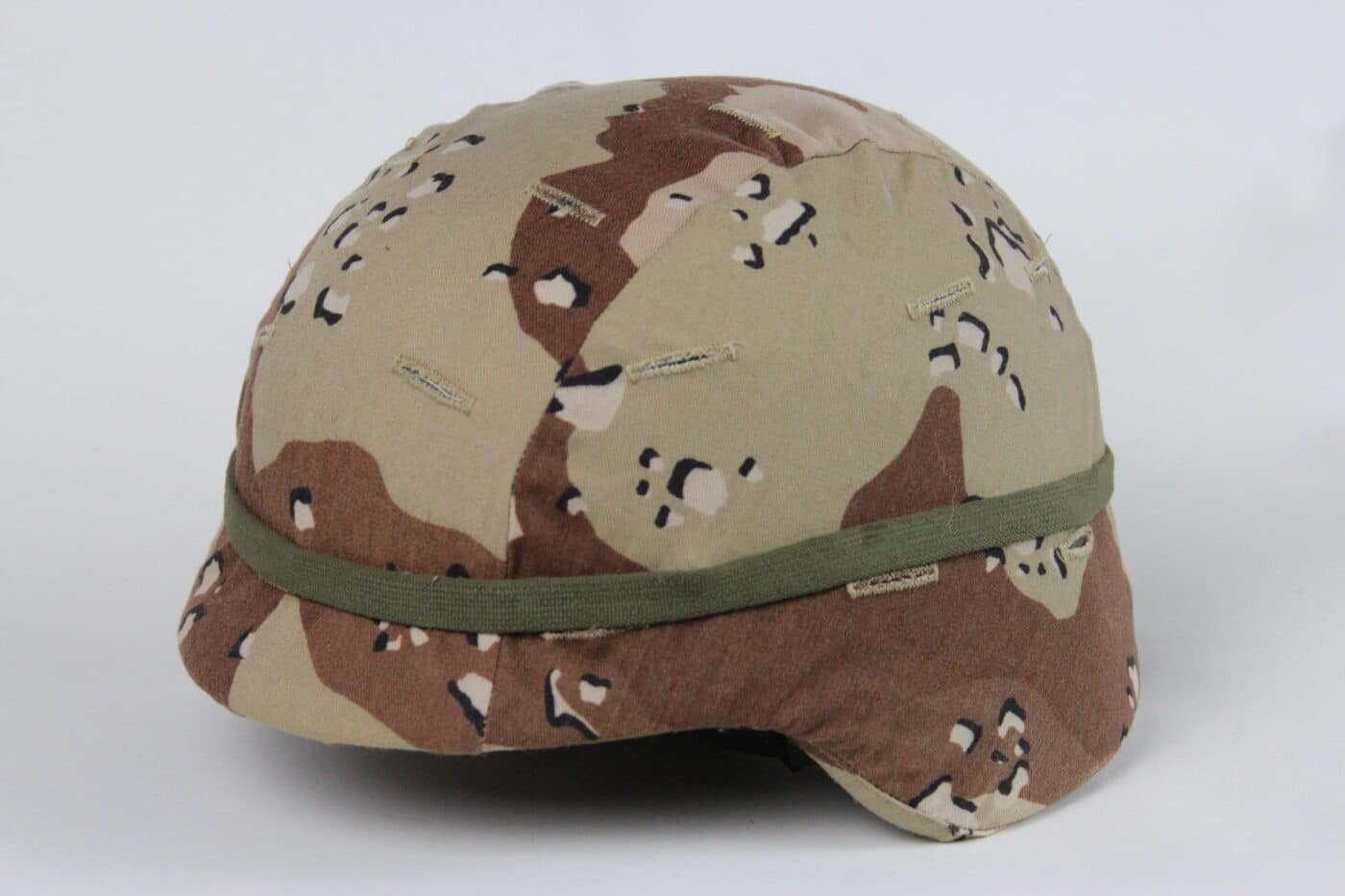
The PAGST was introduced in the early 1980s and was still in use at the start of the Global War on Terror. Photo: Author’s collection
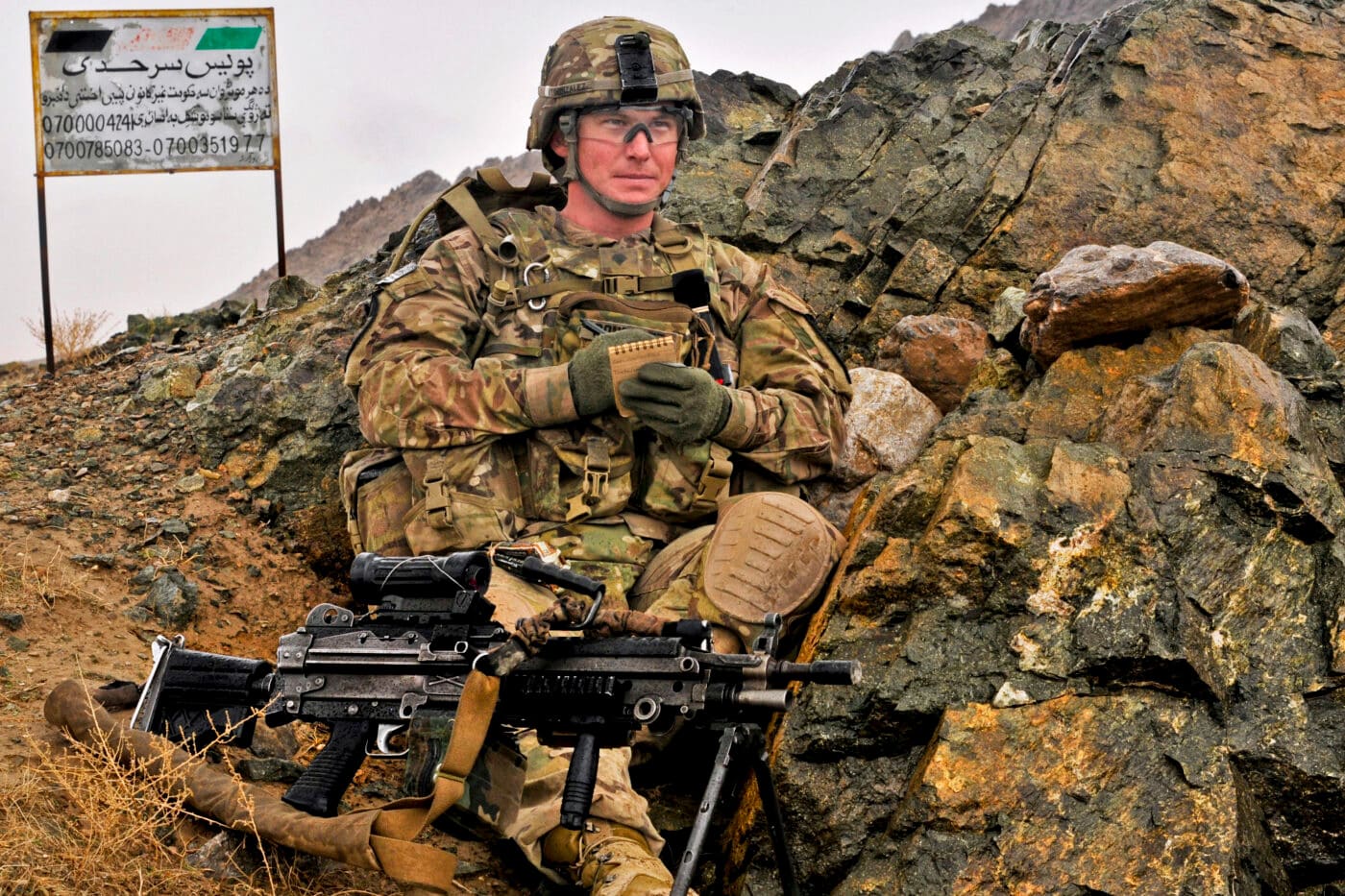
Spc. Bryan Gonzalez, of Old Town, Fla., wearing the Advanced Combat Helmet and the Operational Camouflage Pattern (OCP) battledress. Photo: U.S. Army/SSgt. Shane Hamann
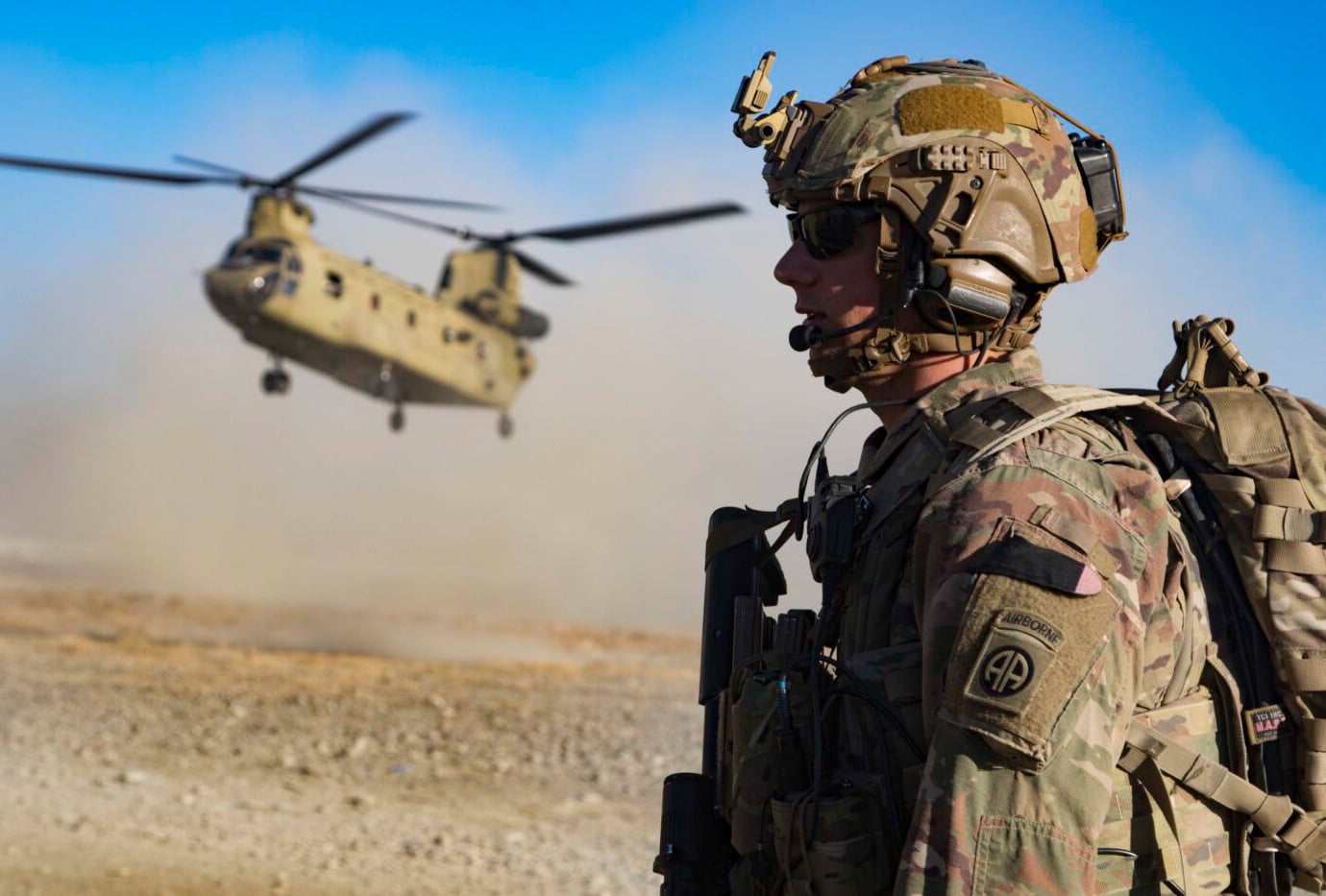
U.S. Army SSgt. Jason N. Bobo wears the IHPS helmet in Southeastern Afghanistan. Photo: U.S. Army/MSgt. Alejandro Licea




